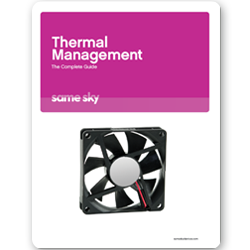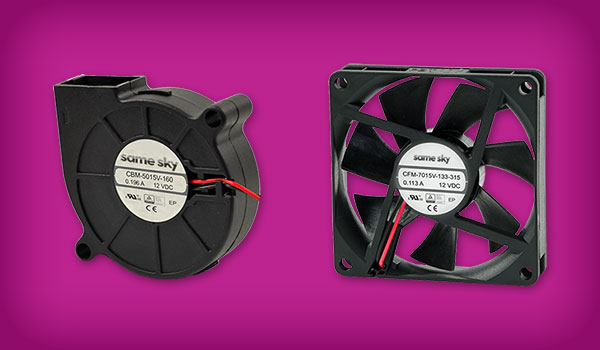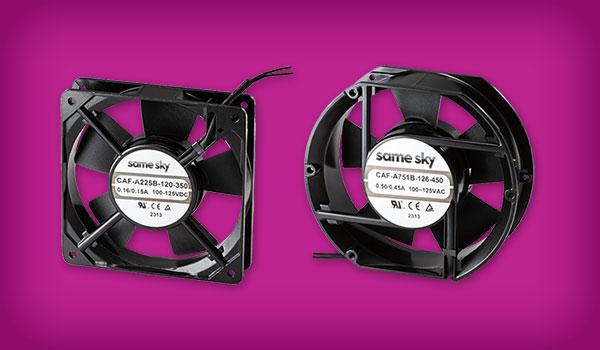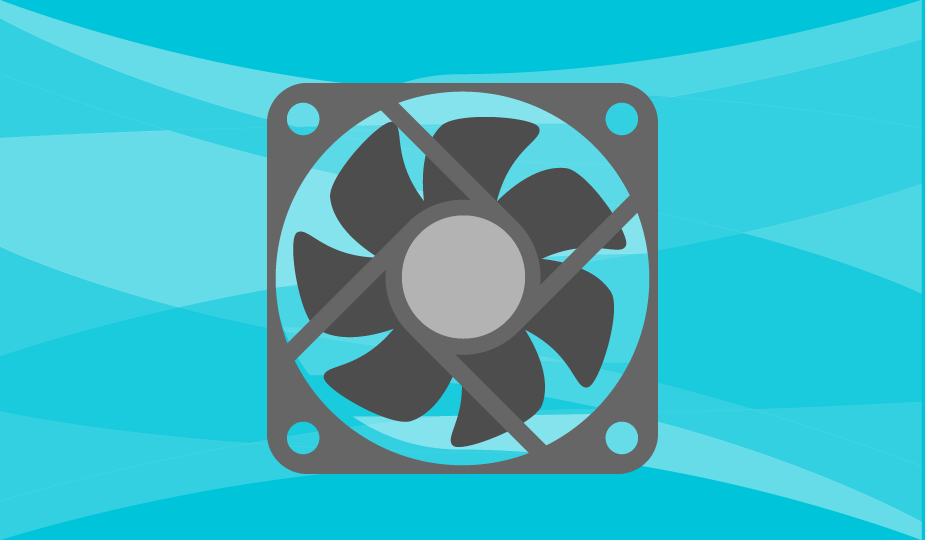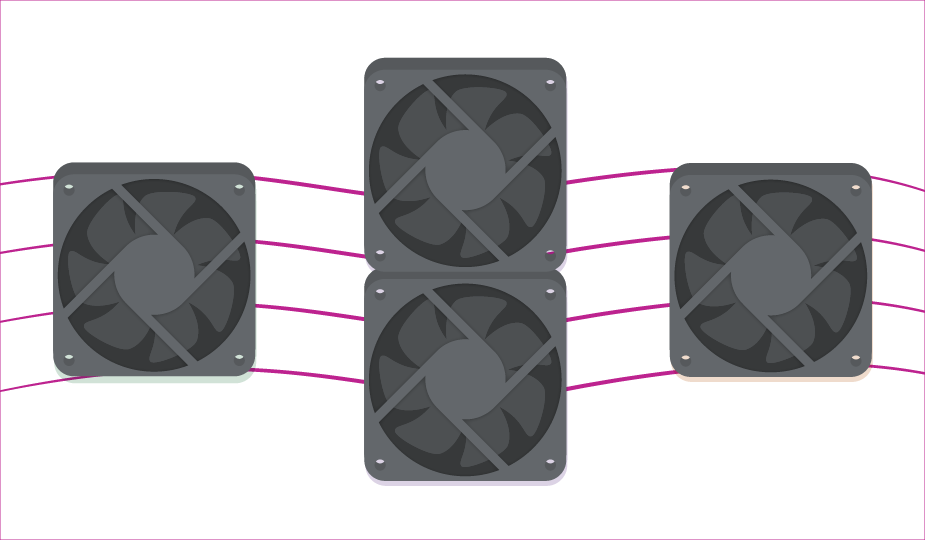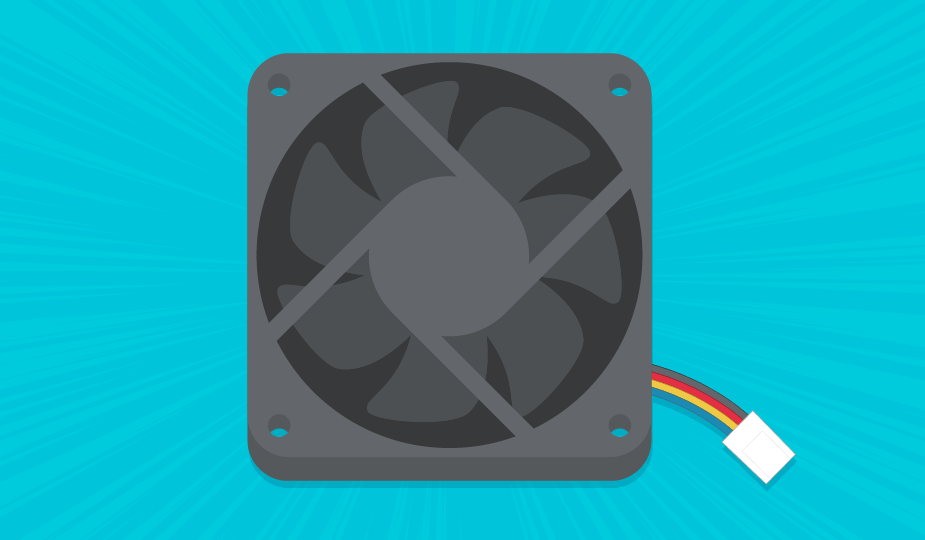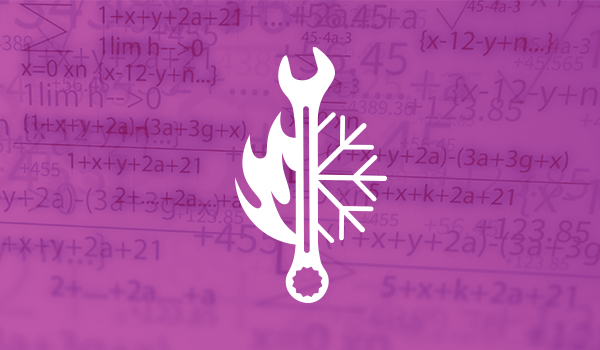Axial Fans vs. Centrifugal Fans – What’s the Difference?
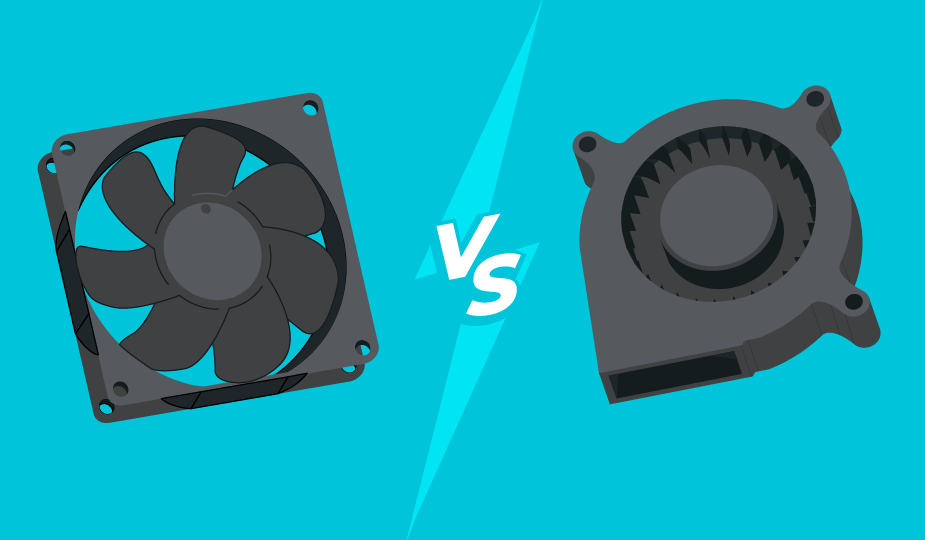
Any component or system that generates operational heat which can negatively affect its performance must be cooled. This is one of those simple engineering rules you learned in school and probably ignored until you were tasked with a real-world thermal management project.
Short of throttling the power in the system, applying some heat sinks, or using pipes or cold plates, you are going to need a fan to move some air and cool things off. That means a choice of either an axial fan or a centrifugal fan design. The question is, which design will work best for your needs? This blog aims to help.
Shop Same Sky's full range of ac fans and dc fans or explore our other fan blog topics:
- Understanding Airflow Fundamentals for Proper Dc Fan Selection
- Cooling Fans: Monitoring, Control, and Protection Enhance System Performance
- Thermal Management with Fans – There's More to Consider Than You Might Think
- Or watch our Fan Bearing Types video
What are Axial Fans?
An axial fan has a motor-driven rotating shaft (axis) on which are mounted skewed blades that pull air in and force it out in a direction parallel to the shaft. Axial fans are sometimes called propeller fans. You may also hear the terms tubeaxial or vaneaxial fans. These are simply axial fans made to fit in a duct.
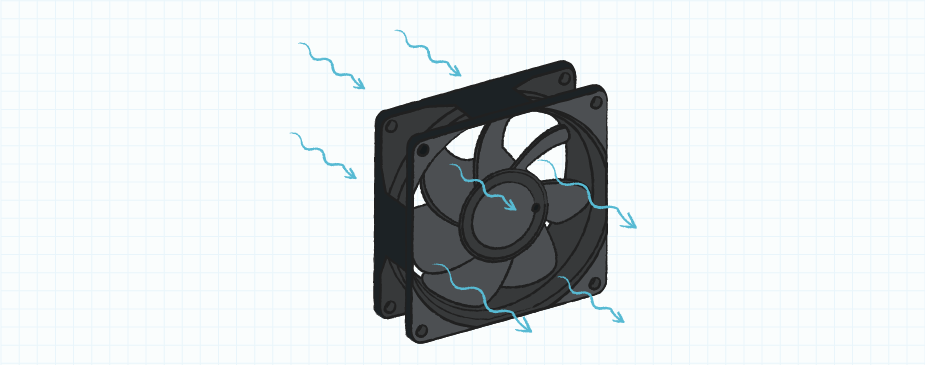
Axial fans effectively and efficiently move high volumes of air to cool objects or ventilate spaces. They are available in almost any size from board level to room size, and they do not require a lot of power to operate, depending on size. They also come in both ac and dc models. Ac powered fans are usually rated above 100 volts and use line current. Dc powered fan voltages can be much lower (3, 5, 12, 24, or 48 Vdc) but are typically driven by a power supply or batteries.
The airflow that axial fans deliver, however, is low pressure. This combination of low pressure with high volume airflow is ideal for cooling equipment and spaces as the airflow is evenly distributed in a defined area.
Common Applications for Axial Fans
Axial fans move large volumes of air effectively and efficiently and are commonly used to cool both small and large spaces. They can cool electronic equipment or computer rooms. They can be used in HVAC operations, in ac condensers, heat exchange units, or for spot cooling in industrial systems. Axial fans can also operate as exhaust fans.
What are Centrifugal Fans?
Centrifugal fans are sometimes called radial fans or centrifugal blowers. They have a motor driven hub which contains impellers that throw off air into the fan housing that is then directed to an outlet. Centrifugal fans discharge air at a 90-degree angle (perpendicular) to the air intake.
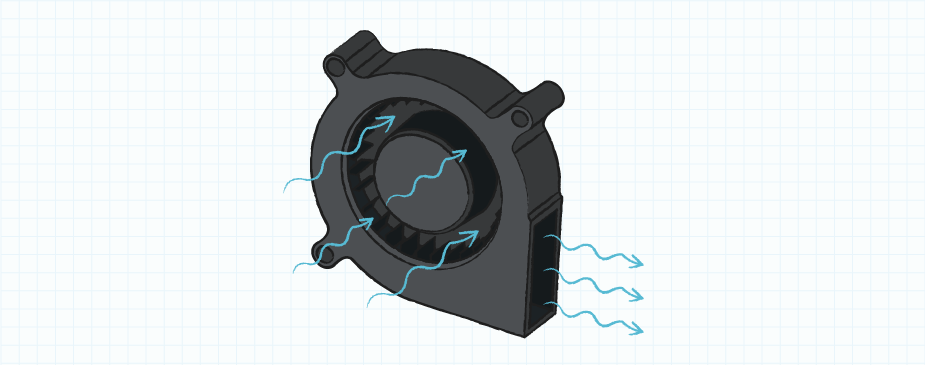
Centrifugal fans essentially pressurize air within the blower housing. They produce a steady, high-pressure stream of air in comparison to axial fans, but they move lesser volumes of air. They are available with either forward or backward curved impellers for either blowing or suction. Centrifugal fans expel air from a cowl, which allows them to target a specific area, making them better for cooling a particular part of an electronics application that generates more heat, such as a power FET, DSP, or FPGA. As with axial fans, they also come in both ac and dc powered models, depending on application, but centrifugal fans typically require more power to operate than axial fans. Both centrifugal blowers and axial fans produce audible and electromagnetic noise, but centrifugal models are somewhat louder than axial ones. Since both fan designs use motors, EMI effects of either can impact system performance in sensitive applications.
Like axial fans, centrifugal blowers are also available in many different sizes, speeds, and footprints. Their design, with an enclosure surrounding the moving parts, is reliable, durable, and quite difficult to damage.
The combination of high pressure with low volume air delivery makes centrifugal fans perfect for moving air through a concentrated area like ductwork or pipes, or for exhaust or ventilation uses.
Common Applications for Centrifugal Fans
Given the reliability and durability of their design, centrifugal fans can operate well in many applications that function in harsh and dirty environments with particulates, hot air, and gasses. Since they are typically used with ductwork or piping, they work well in air conditioning or drying systems, even at the smaller system level. For electronics, centrifugal fans are frequently found in small devices such as laptops because of how the air is expelled at 90 degrees from the intake, leading to higher directionality.
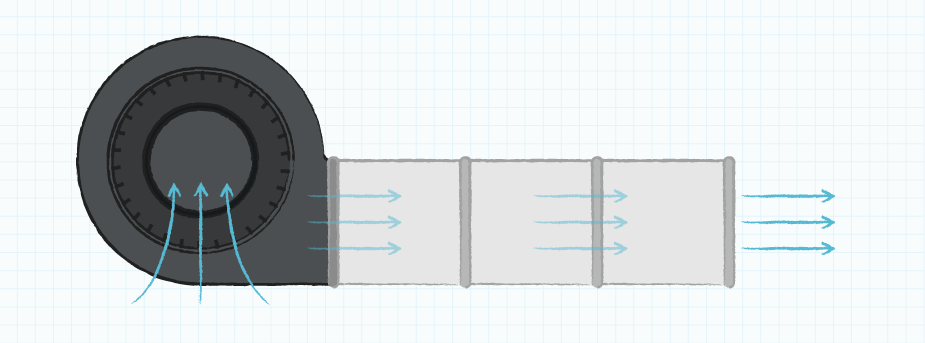
Interference and Noise Created by Fans
Early design consideration should be given to interference. All fans can generate electromagnetic interference (EMI) either from the fan itself (radiated EMI), or from the power leads (conducted EMI). Interference can also come from uncontained magnetic fields (UMF) arising from the motor magnets or stator windings. Depending on the application, early attention to these factors at the design stage can save time and money. Dc powered fans tend to produce less EMI than ac powered fans.

Audible noise will also be generated by any operating fan and may be a design consideration depending on end use. Noise varies by application, placement in a system, density of the components, amount of air moved, size of fan, bearing types used, etc. Bearings in a fan not only affect acoustics but can change the lifespan and possible applications. Audible noise can often be mitigated by better fan placement, mechanical isolation, or the use of air inlet grills or outlet diffusers. Generally, the higher the CFM, or amount of air moved, the greater the noise. However, a larger fan moving the same CFM as a smaller fan tends to be quieter. Again, axial fans are typically quieter than centrifugal fans.
Comparing Axial Fans and Centrifugal Fans
Thermal management considerations for systems that generate heat, particularly ones that are electronic in nature, should be reviewed early in the design stage. This is consistent with both time and cost saving initiatives that seek to avoid re-designs. It can also be particularly useful to accommodate thermal considerations due to planned component improvements throughout the lifecycle of a product or system that may generate additional heat.
Employing either an axial fan or centrifugal fan as a cooling solution can depend on several factors, based on the pros and cons of each fan design and what your system requires. Here is a quick summary of their main characteristics:
| Axial Fans | Centrifugal Fans |
|---|---|
|
|
Questions to Ask When Deciding on Axial or Centrifugal Fans
Before specifying the type of cooling fan you require for your design, here are some questions that will need to be answered:
- What size space do you need to cool?
- Will the cooling needs be constant or on-demand?
- What size footprint do you have in the design for the cooling device?
- What power will be available to drive the cooling device?
- Will the product be operating in a harsh environment?
- Will the product produce any gasses or particulates itself?
- Is your product or system sensitive to EMI?
- Is the audible noise level produced by the fan an issue?
- What orientation will the fan be mounted in?
- Is the product meant for a Hi-Reliability application?
- What is the anticipated lifecycle of the product?
- Is repair/rework/maintenance a factor?
Conclusion
Convective cooling of equipment that generates unwanted heat can be effectively managed with either axial fans or centrifugal fans. Both types of devices have been proven in the field through many years of use and continuous improvement. Modern designs of both types of fans incorporate materials that are stronger, lighter, and more cost-efficient than earlier designs. Your decision to use one or the other will simply come down to meeting the requirements of your system. Same Sky offers a wide range of dc axial fans and centrifugal blowers as well as ac fans with a variety of frame sizes and airflow ratings.
